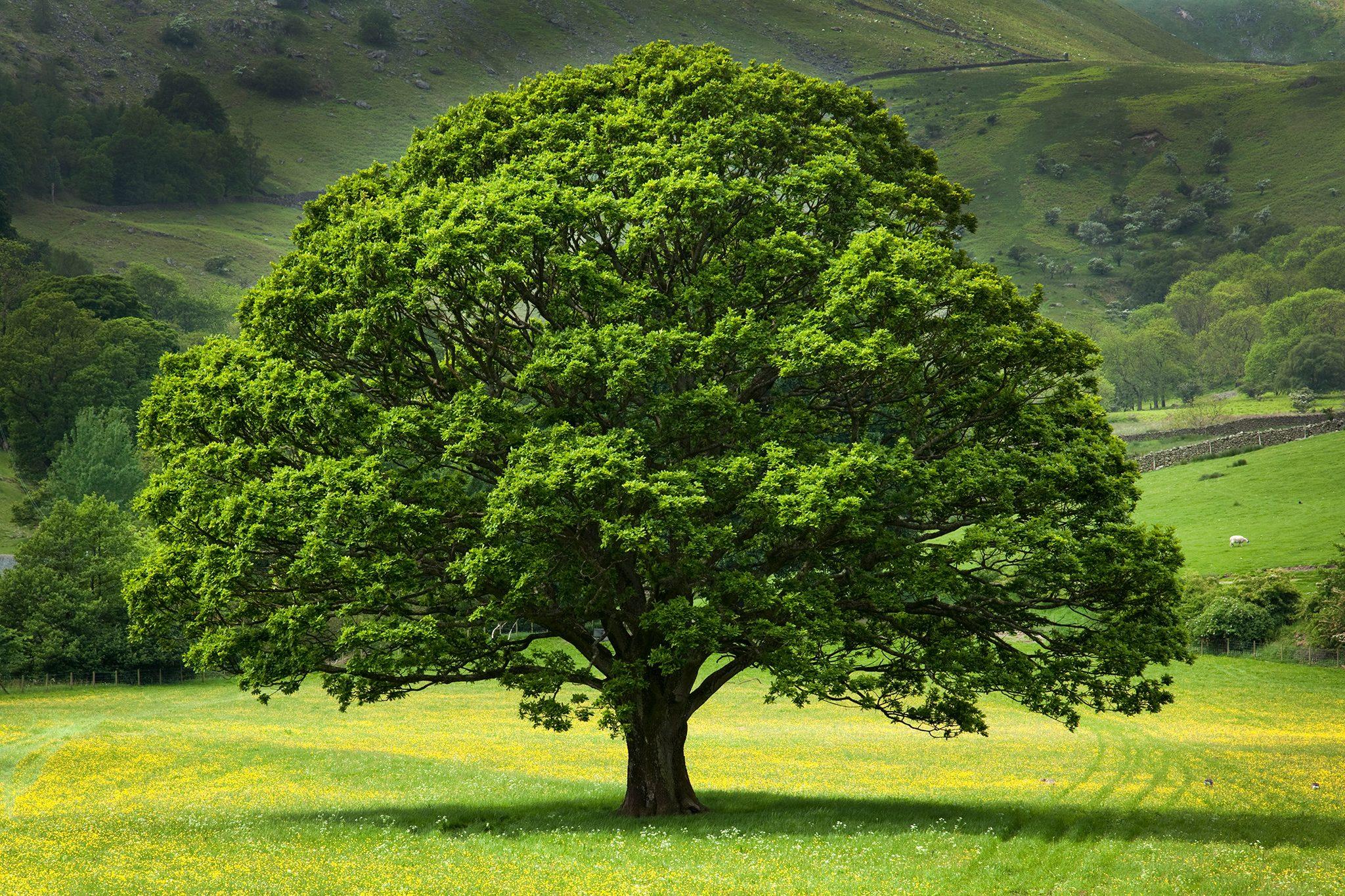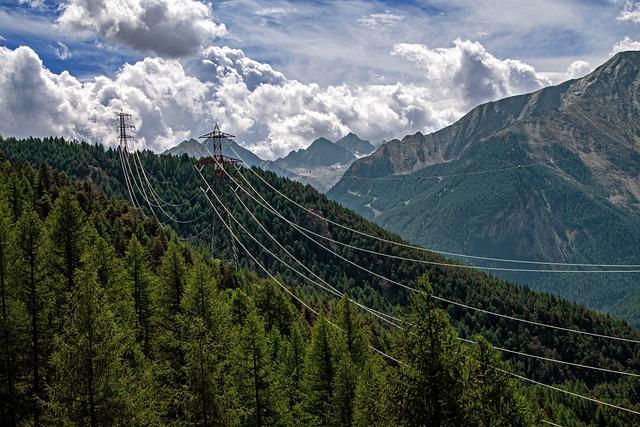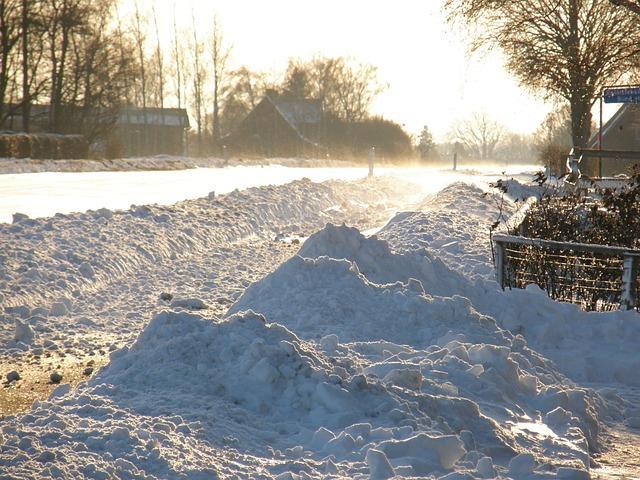In the realm of Permaculture design, trees play a foundational and essential role in creating stable and enduring systems. Trees not only provide shade, oxygen, and aesthetic beauty but also contribute significantly to the overall health and productivity of a permaculture environment. Permaculture designers aim to harness the diverse benefits of trees by incorporating them into holistic systems that promote sustainability and resilience.
Exploring the characteristics of trees in permaculture, including their role in providing habitat, capturing carbon, improving soil fertility, and enhancing biodiversity, is crucial for understanding how they can be utilized effectively in design practices. By bringing together multiple stories of plants in “plant guilds” to create thriving ecosystems, permaculturists maximize the benefits that trees offer to the overall system [1].
In the pursuit of sustainable food production, the concept of edible forest gardens, also known as food forests, has gained traction within the permaculture community. These ecosystems mimic natural forests to create abundant sources of food while promoting ecological balance and resilience. A critical analysis of the edible forest garden design within the context of permaculture sheds light on its effectiveness in temperate regions and offers insights into optimizing its potentials [3].
trees hold a prominent place in permaculture design, serving as key elements in building regenerative and diverse systems that support both human needs and the health of the planet. By understanding the intricate relationship between trees and permaculture principles, designers can create flourishing landscapes that embody the essence of sustainability and harmony.
Trees in Permaculture Design
When incorporating trees into permaculture design, numerous benefits arise that contribute to the overall sustainability and productivity of the system. Trees play a pivotal role in enhancing soil health, increasing biodiversity, and offering a multitude of ecosystem services that support the surrounding environment. By strategically integrating trees, permaculture practitioners can create a balanced and thriving ecosystem that nurtures both flora and fauna [1].
Selection Criteria for Tree Species in Permaculture Systems:
- Native species: Choosing trees indigenous to the region promotes ecosystem resilience.
- Drought-tolerant varieties: Opting for trees that can thrive with minimal water input enhances sustainability.
- Beneficial companion plants: Selecting trees that support other plant species fosters a harmonious ecosystem.
Functions of Trees in Enhancing Biodiversity and Ecosystem Services:
- Providing habitat: Trees offer shelter and nesting sites for various wildlife, further promoting biodiversity.
- Carbon sequestration: Trees absorb carbon dioxide, mitigating climate change effects and improving air quality.
- Preventing erosion: Root systems of trees help stabilize soil and prevent erosion, maintaining ecosystem health.
Integrating Fruit Trees in Permaculture Garden Design:
Fruit trees are a valuable addition to permaculture gardens, offering both sustenance and habitat for wildlife. When incorporating fruit trees, consider factors such as spacing, sunlight exposure, and pollination requirements to ensure optimal growth and productivity. By integrating a diverse range of fruit trees, permaculture practitioners can create a balanced food forest that enhances the overall resilience of the system.
Managing Trees for Optimal Productivity and Sustainability in Permaculture Systems:
Effective tree management in permaculture systems involves practices such as pruning, mulching, and utilizing natural pest control methods. By promoting healthy tree growth and addressing potential issues early on, practitioners can maximize productivity while maintaining the system’s sustainability. Implementing thoughtful management strategies ensures that trees in permaculture designs thrive and continue to contribute positively to the ecosystem [2].
Q&A
Q: What is a fruit tree guild in permaculture design?
A: A fruit tree guild is a permaculture technique used to create disease-resistant, high-yield gardens. It involves planting a variety of companion plants around a central fruit tree to create a beneficial ecosystem.[1]
Q: How do tree guilds work in permaculture design?
A: Tree guilds work by mimicking natural ecosystems, where different plants support each other in a symbiotic relationship. By planting companion plants around fruit trees, such as nitrogen-fixing plants, dynamic accumulators, and pest-repellent herbs, tree guilds can improve soil health, increase yields, and reduce the need for external inputs.[2]
Q: Is there a recommended ratio of support trees to fruit trees in a guild?
A: The ratio of support trees to fruit trees in a guild can vary depending on the specific climate and conditions of the garden. While there is no fixed ratio, it is important to consider the needs of the fruit tree and the benefits provided by the companion plants when designing a guild.[3]
Conclusion
trees play a pivotal role in permaculture design, offering a multitude of benefits such as providing shade, enhancing biodiversity, and supporting ecosystem functions. Understanding climate patterns and incorporating trees strategically within design plans can significantly contribute to the overall success and sustainability of a permaculture system. By delving into the principles and practices outlined in permaculture design courses, individuals can harness the power of trees to create thriving, resilient landscapes that benefit both people and the environment. For further insights on the relationship between trees and permaculture, consider exploring resources like “Climate and Design”[[[[[1]]and “Abundance from Small Spaces”[[[[[3]]. Additionally, to demystify the design process and gain a deeper understanding of incorporating trees effectively, “Demystifying Permaculture Design” provides valuable insights[[[[[2]]. Embrace the power of trees in permaculture design and cultivate a harmonious relationship with nature for a more sustainable future.
Simpsons Tree Services, Servicing Melbourne’s North Eastern Suburbs
Book a quote online at www.simpsonstrees.com.au




